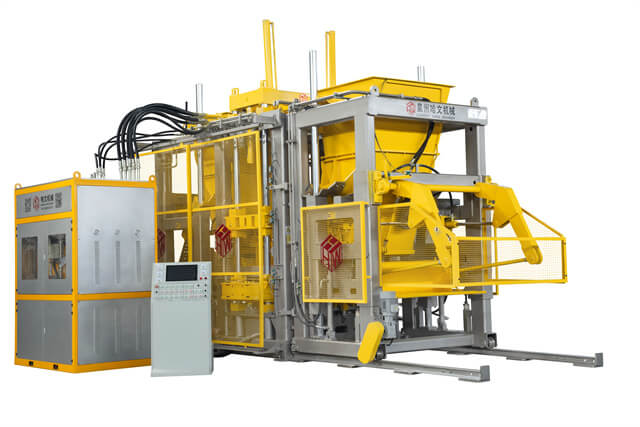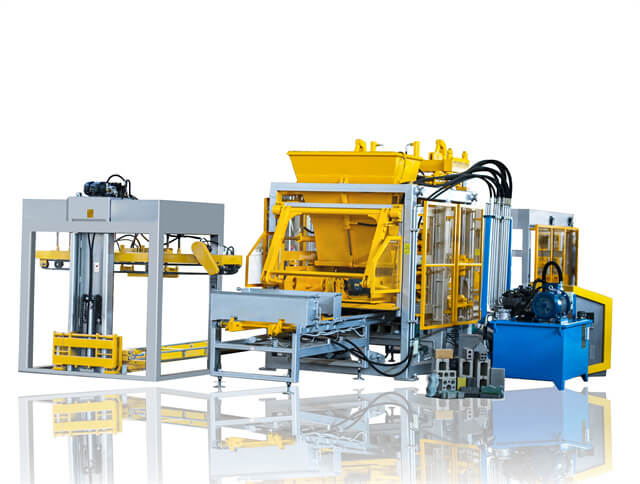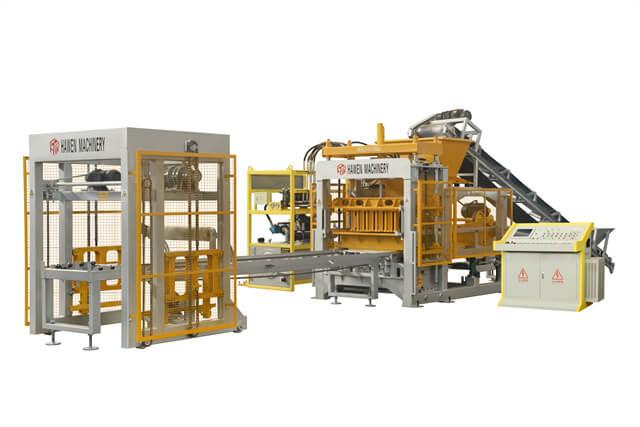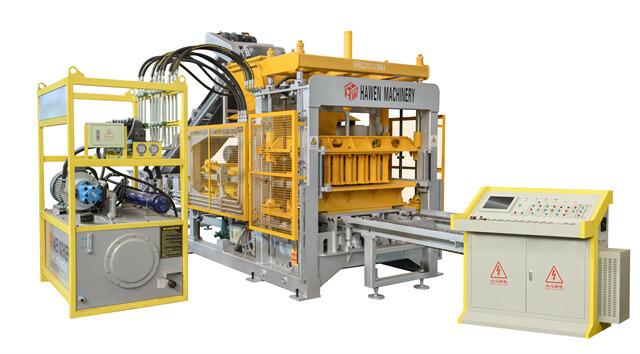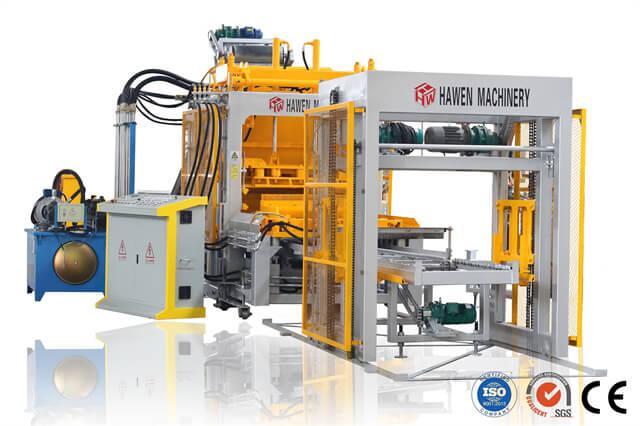Author:HAWEN Block MachineFROM:Brick Production Machine Manufacturer TIME:2024-05-08
Building block machines are essential tools used in the construction industry to manufacture building blocks that can be used to build houses, buildings, and other structures. These machines work by compressing earth, cement, sand, or fly ash using hydraulic pressure to form solid blocks. Understanding how building block machines work is crucial for anyone interested in construction and manufacturing.
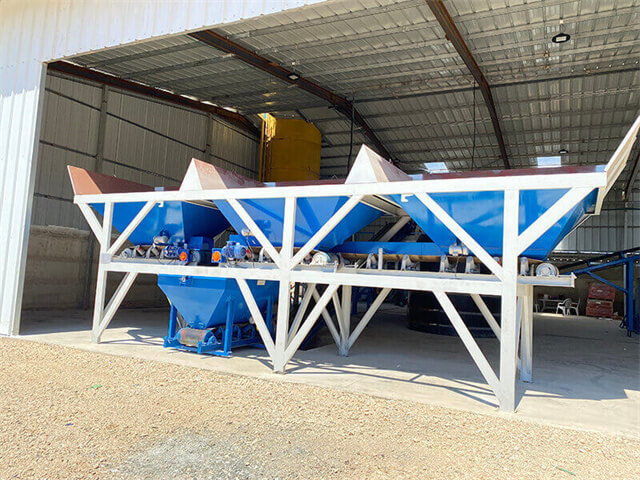
The pressure system is the most important part of a building block machine. It applies force to the raw materials to compress them and make them denser. The machines use hydraulic pressure to apply force on the material, which is why they are also known as hydraulic block machines. The hydraulic pressure depends on the size and capacity of the machine.
The mixing system is responsible for combining the raw materials to create a uniform mixture. The mixing system can be manual or automatic, depending on the type of machine. In manual machines, the operator mixes the raw materials manually, while in automatic machines, the mixing is done automatically with the help of a mixer.
The molding system is responsible for shaping the mixture into blocks. The machine has a mold with different cavities, which determines the shape and size of the blocks. When the raw materials are fed into the machine, the molding system compresses the mixture into the desired shape and size.
The vibrating system is responsible for removing air bubbles from the mixture, which can weaken the blocks. The machine vibrates the mold while the mixture is being compressed, which helps to remove the air bubbles and make the blocks stronger.

The curing system is responsible for allowing the blocks to dry and harden. The blocks are removed from the mold and placed in a curing chamber, where they are allowed to dry for a specific period. The length of the curing period depends on the type of block and the climate conditions. In some cases, the blocks are cured in open air.
The stacking system is responsible for moving the blocks from the curing chamber to the storage area. The blocks are stacked using a conveyor belt or forklift and are stored in a safe and dry place until they are ready to be used in construction.
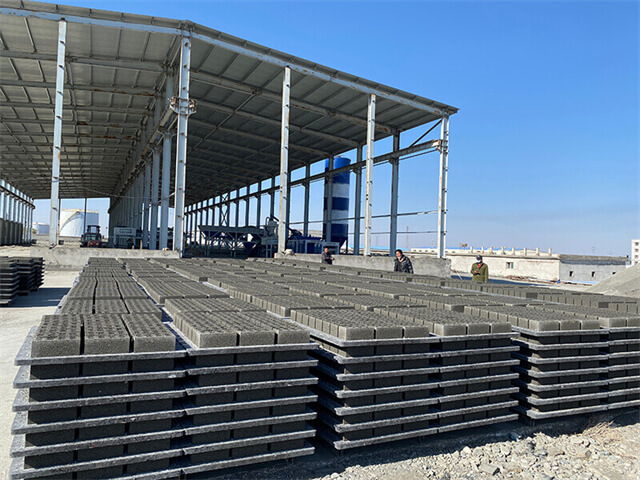
The electric control system is responsible for controlling and monitoring the operations of the building block machine. It controls the hydraulic pressure, mixing, molding, vibrating, and curing systems. The electric control system also has safety features to prevent accidents and ensure the machine operates efficiently.
Maintenance and cleaning are essential to keep the building block machine in good condition. The machine needs to be cleaned regularly to avoid blockages and maintain hygiene. The machine also needs to be lubricated and serviced as per the manufacturer's instructions to prevent breakdowns and ensure optimal performance.
In conclusion, building block machines play a vital role in the construction industry by manufacturing blocks that are used to build structures. Understanding how these machines work is crucial for anyone interested in construction and manufacturing. The pressure, mixing, molding, vibrating, curing, stacking, electric control, and maintenance systems are the core components that make building block machines work efficiently.
